Manifesto for the development of demand side flexibility in Spain
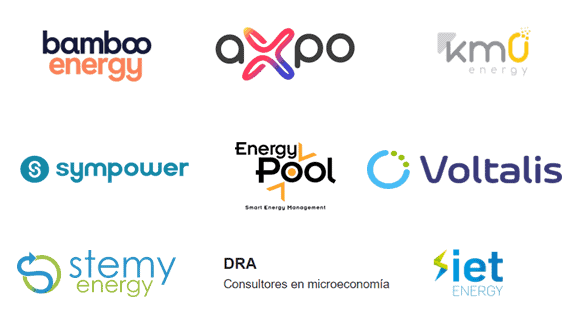
The process of ecological and energy transition in which we are immersed is essential to address the climate emergency. We believe that it must be a key lever to build a fairer, more sustainable and lasting economic recovery over time.
The signatories of this manifesto consider that 1) the development of a legislative and regulatory. framework that facilitates the deployment of demand-side flexibility, in accordance with Directive (EU) 944/2019 on common rules for the internal electricity market, is a key element for a successful transition and 2) it is urgent to incentivize the management of demand side flexibility because it can contribute to reducing the costs of the energy system for all consumers. For this reason, we ask the regulators and the government to develop a National Strategy for Demand Side Flexibility in Spain.
We understand demand-side flexibility as the ability of consumers to reduce, increase or shift their energy demand, by managing their consumption, generation or storage, during a given period of time. Traditionally, the flexibility of our electrical system has been provided by large generation plants or pumping plants. Currently, the flexibility of demand has the possibility of playing an important role in various aspects such as the integration of renewable and non-manageable generation, the modulation of market prices, the provision of reserves to the system or the solution of congestion in the networks, as long as the right price signals are in place and the participation to all markets is allowed (1).
In the first place, the development of the flexibility of aggregated demand is a key element to achieve the decarbonisation objectives of the electricity system set out in the PNIEC, as well as the revised objectives of the European Green Deal (2). The increased share of renewable generation and future electrification of the demand will require a greater volume of flexible resources to ensure the balance and security of the system in a sustainable manner. In this sense, demand-side flexibility and storage will be key elements. In fact, a study recently published by the IEA that analyses a scenario of zero emissions by 2050 (3), argues that the volume of flexibility in the electricity system will have to be multiplied by 4. In addition, it identifies batteries and demand-response as the main sources of flexibility, replacing traditional sources such as coal, natural gas and oil.
Second, spot market prices increased in the last quarter of 2021 by more than 400% compared to the same quarter of 2020. This reality of high prices has been aggravated by the war situation in Ukraine, resulting in record spot market prices never seen before, above €500/MWh. This price crisis has notably increased (4) the electricity costs of consumers, especially those exposed to the spot market, prompting some companies of the industrial sector to stop producing (5), and affecting the economy of Spanish families. Given this scenario, the flexibility of demand, especially the aggregated one, becomes more relevant than ever as a tool to help reduce energy costs for consumers in three different ways: 1) allowing manageable demand to be adjusted to times with more renewable generation and more competitive prices, 2) adding value to the wholesale market, participating in the balancing markets but also all the electric markets, (6) and 3) moderating price volatility in the daily market. (7)
Third, the high price of electricity is aggravating the effects of the covid-19 economic crisis on the competitiveness of the Spanish economy. The development of demand side flexibility not only contributes to improving energy costs borne by consumers but can also generate a positive impact on the economy and job creation. The United Kingdom Strategic Plan for Flexibility in 2050 (8) published in 2021, calculates that the domestic market for the development of intelligent systems and flexibility solutions in 2050 will weigh more than £1.3 billion per year in the national GDP and will create more than 10,000 jobs.
Finally, it is important to highlight that the European Commission has sent a formal letter (9) to Spain earlier this spring, for being late in communicating the transposition of the Directive (EU) 2019/944. The deadline to incorporate the Directive into national law ended on December 31, 2020, but to date, Spain has only partially transposed the Directive, opening solely balancing markets to demand side flexibility only through a BRP.
For all this, we, signatories of this document, urge the regulatory and government bodies to accelerate the necessary changes to allow and promote the development of demand side flexibility in line with the Clean Energy Package, developing a strategic and incentivizing framework to face all the above explained challenges. In this regard, we ask relevant institutions to develop a National demand-side flexibility Strategy, which defines the current state of the sector, including an evaluation of its potential, the challenges it faces, the objectives to be achieved, as well as a specific action plan that offers a clear signal to the sector to help reach them.
It is the right time to raise this ambition. The National Plan for Recovery, Transformation and Resilience and the new plan Save Gas for a Safe Winter (10) presented by the European Commission offer an ideal framework to accelerate the development of demand side flexibility and incorporate this resource as a key element of the Spanish electricity system, favouring the participation of all consumers, as well as new actors in the energy transition such as Independent Aggregators and Energy Communities.
We remain at your disposal to be able to comment in detail on the points described in this Manifest.
_____________________________
2 Objectives included in the European Green Deal. Link.
3 AEI (2021) Net Zero by 2050, IEA, Paris. Link.
industry due to the high prices of the wholesale market. Link.
report. Link.
Signatories:
Axpo, Bamboo Energy, Cuerva energia, David Robinson - DRA - Consultores en microeconomía, EnergyPool, iet energy, Km0 Energy, Stemy Energy, Sympower, Voltalis
Contact us for more information:
Other articles you might find interesting
-
 News22 September 2022
News22 September 2022Sympower acquires Flextools, strengthens its energy flexibility leadership position in the Nordics
Read more -
 News22 September 2022
News22 September 2022Sympower raises €21.3 million in oversubscribed funding round to broaden services and accelerate European expansion
Read more -
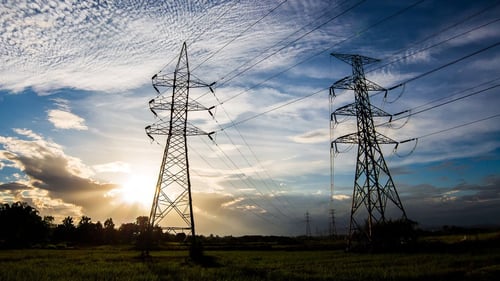 News22 September 2022
News22 September 2022Optimus Energy and Sympower Bring Over 230 MW to Greece’s Balancing Market
Read more -
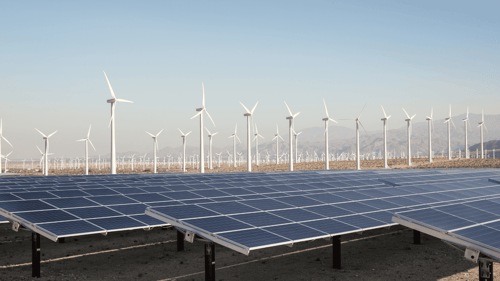 News22 September 2022
News22 September 2022"The Greek Demand Response Market will be one of the most financially interesting in Europe." - Explaining Demand Response in Greece
Read more -
 News22 September 2022
News22 September 2022User-friendly Platform and Reduced Energy Costs: Outcomes of the Flex4Scale Project
Read more -
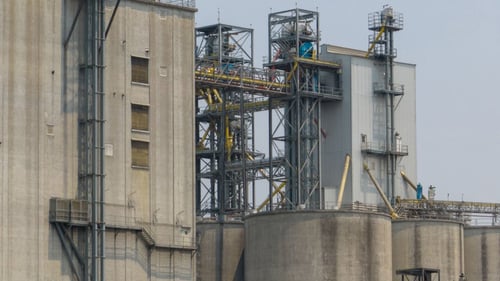 News22 September 2022
News22 September 2022Heidelberg Materials Hellas and Sympower Optimise Greece’s Balancing Markets
Read more -
 News22 September 2022
News22 September 2022Sympower Selected to Join the EIC Scaling Club Network as One of Europe’s Highest-Potential Deep Tech Scale-Ups
Read more -
 News22 September 2022
News22 September 2022Smart Energy Solutions: scaling-up Sympower’s platform with the Flex4Scale project
Read more -
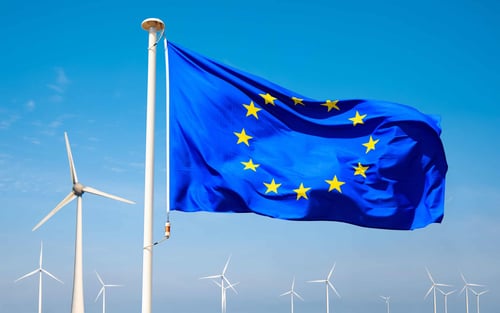 News22 September 2022
News22 September 2022Electricity Market Design Reform - the Role of Demand Side Flexibility and Storage
Read more -
 News22 September 2022
News22 September 2022Sympower Goes Live In Greece’s Balancing Markets
Read more -
 News22 September 2022
News22 September 2022Sympower Meets with Industry Leaders At Enlit 2022
Read more -
 News22 September 2022
News22 September 2022Collaboration between Klimate and Sympower for CO2 emissions removal
Read more -
 News22 September 2022
News22 September 2022Sympower joins the B Corp community
Read more -
 News22 September 2022
News22 September 2022Next stop: Norway
Read more -
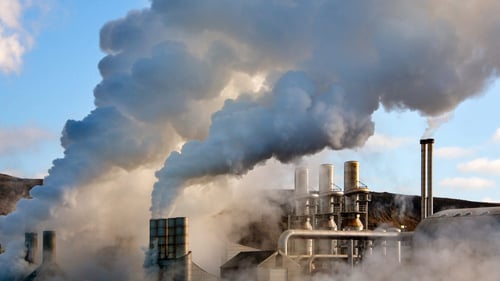 News22 September 2022
News22 September 2022Four founders explain the biggest hurdles to flattening the climate curve in 2021
Read more -
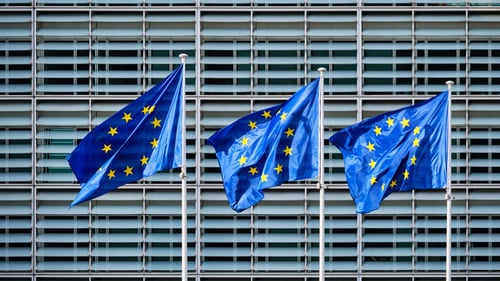 News22 September 2022
News22 September 2022Simon on PV Magazine – Why the European Commission should support independent aggregators
Read more -
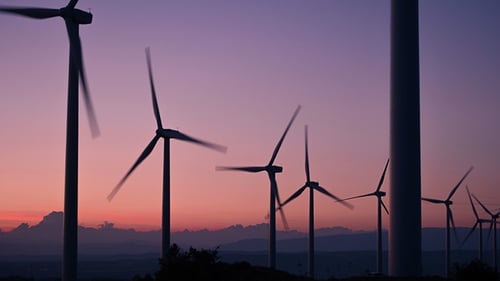 News22 September 2022
News22 September 2022Swedish electrification opens grid balance opportunities
Read more -
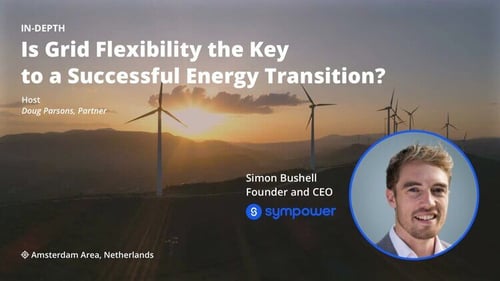 News22 September 2022
News22 September 2022Grid Flexibility and Climate Adaptation
Read more -
 News22 September 2022
News22 September 2022Sympower featured in “Leaders in Cleantech” podcast episode
Read more
